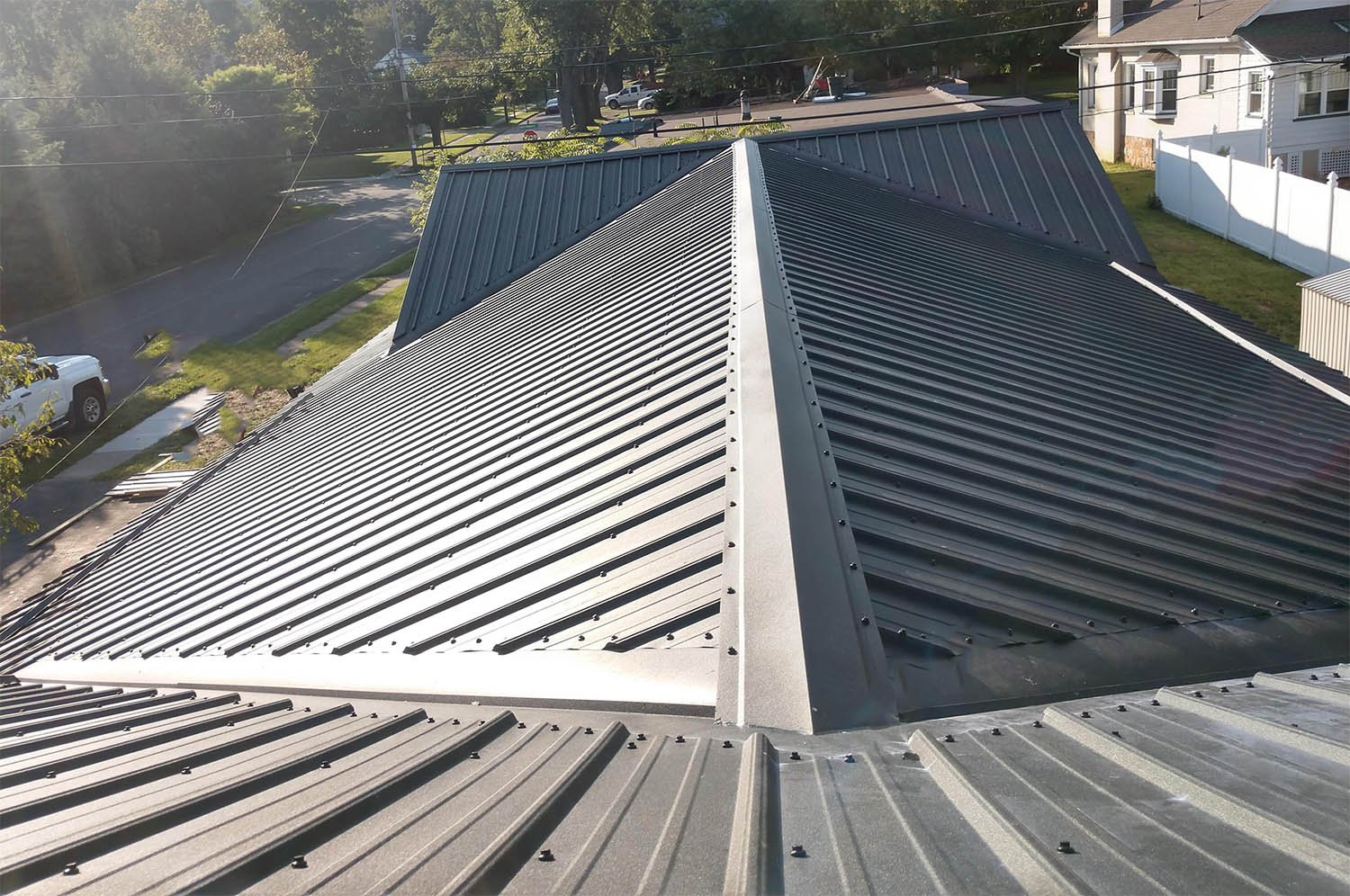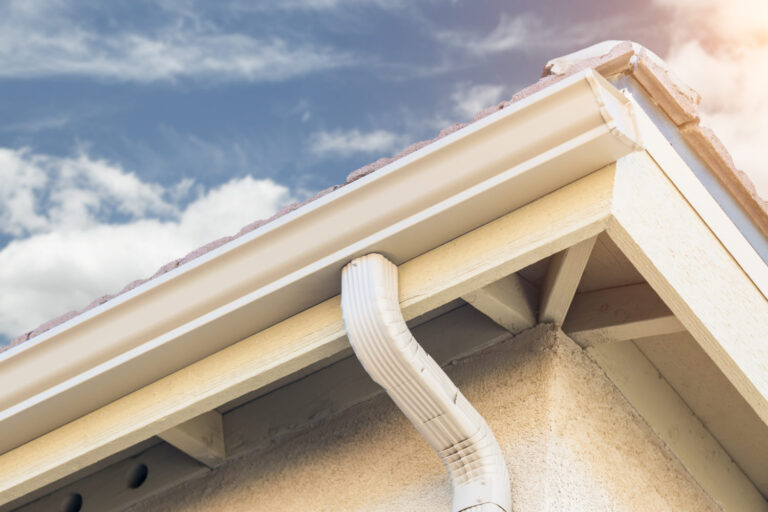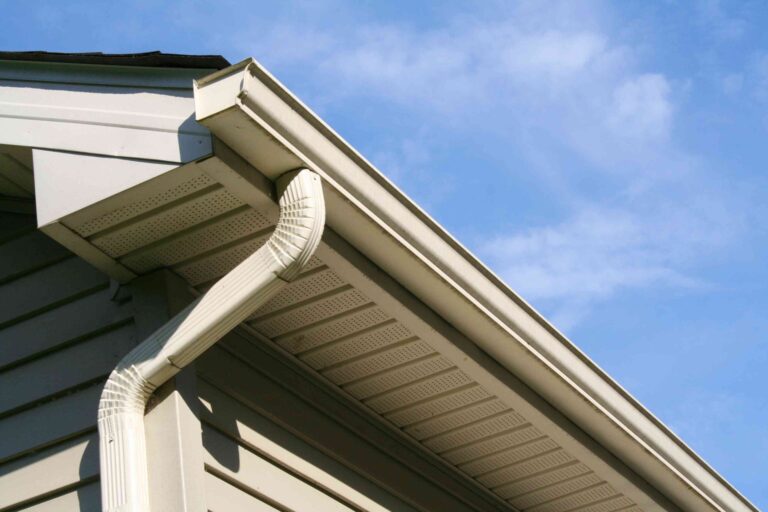Selecting the appropriate roofing material is crucial for ensuring the longevity, efficiency, and protection of your home. Local climate plays a significant role in determining which materials are most suitable. Below, we explore how different weather conditions influence roofing choices.
1. Hot and Arid Climates
In regions characterized by intense heat and minimal rainfall, roofing materials must reflect sunlight and withstand high temperatures.
- Metal Roofing: Metal roofs are reflective and durable, effectively deflecting solar radiation and reducing cooling costs. They are also fire-resistant, making them ideal for hot climates.
- Clay and Concrete Tiles: These materials possess natural thermal resistance, helping to keep homes cool by minimizing heat absorption. Their durability and fire resistance further enhance their suitability for arid environments.
2. Cold and Snowy Climates
Areas with severe winters require roofing materials that can bear heavy snow loads and provide adequate insulation.
- Slate Roofing: Slate is exceptionally durable and offers excellent insulation, making it suitable for cold climates. However, its weight necessitates a robust structural framework.
- Synthetic Slate Shingles: These provide the aesthetic and insulating benefits of natural slate but are lighter and more impact-resistant, making them a practical alternative in snowy regions.
3. Humid and Rainy Climates
In locales with frequent rainfall and high humidity, roofing materials should resist moisture absorption and inhibit mold growth.
- Asphalt Shingles: High-quality asphalt shingles can effectively shed water and withstand freezing temperatures, making them suitable for rainy climates.
- Metal Roofing: Metal roofs offer excellent water resistance and durability, effectively preventing leaks and moisture-related issues in rainy environments.
4. Coastal Climates
Coastal areas present challenges such as salt-laden air, high humidity, and strong winds, necessitating corrosion-resistant and wind-resistant roofing materials.
- Metal Roofing with Protective Coatings: Metal roofs treated with anti-corrosive coatings can withstand salty air and offer durability against coastal weather conditions.
- Concrete Tiles: These tiles are resistant to salt corrosion and provide substantial weight to combat uplift from strong coastal winds.
5. Mixed or Moderate Climates
Regions experiencing a blend of weather conditions require versatile roofing materials that balance insulation, durability, and cost-effectiveness.
- Composite Roofing: Made from a blend of recycled materials, composite roofing can mimic the appearance of wood or slate while offering enhanced durability and weather resistance, suitable for varied climates.
- Asphalt Shingles: Asphalt shingles are a cost-effective option that can perform adequately in diverse weather conditions, especially when properly maintained.
Understanding the impact of local climate on roofing material selection is essential for homeowners aiming to enhance their property’s resilience and efficiency. By choosing materials tailored to withstand regional weather patterns, you ensure a durable and protective roofing system suited to your environment.






